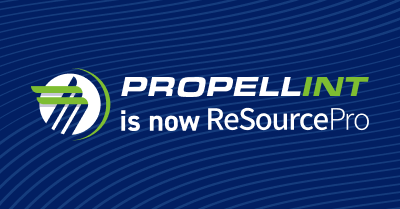5 dangers of RPA for Insurance Organizations
As the digital transformation of our industry continues, automation is one of the next big innovations insurance organizations are eager to bring in-house. Automation’s benefits include cutting down the cost of a claims journey by 30% and reducing the burden of repetitive work on teams. Who doesn’t want to save time and money?
But executing on the potential of automation can be harder than many expect. Pureplay robotic process automation (RPA) vendors “oversell their solutions,” failing to disclose the significant maintenance costs involved. Up to half of initial robotic process automation (RPA) projects fail, and many struggle to scale. Use our top 5 pitfalls of automation to help you successfully navigate your own automation journey.

1. RPA isn’t plug and play.
Automating procedures in an insurance organization isn’t a one-and-done job. The regulatory environment and hundreds of carrier systems are always changing. Be wary of vendors promising a turnkey solution without ongoing maintenance.
2. No flexibility in RPA.
Procedures written for bots have to be meticulous. Whereas people completing a task can see if something looks wrong and fix it on the spot, a bot will keep going until a person notices and intervenes. How long will it take to catch potential errors, and how many E&O incidents could be caused in the meantime?
To fix this, ensure your operational processes include regular checks on bot performance and clear steps for what to do in case of the (inevitable) bot breakdown.
3. Automated bots break—a lot.
The average insurance procedure undergoes several changes a month, yet even the savviest agencies often lack standard processes for managing and updating procedures. With RPA, it’s even more important to have a rigorous process around managing procedure changes. One small deviation in a procedure (like a changed field on a carrier site) can entirely disrupt an RPA bot. Who will own bot maintenance in your organization?
Before launching a new automation initiative, consider the new kind of insurance professional you’ll need: a hybrid of IT and service staff, with the procedural and technical know-how to debug bots.
4. People aren’t off the hook.
Currently, RPA can only take over slivers of complex insurance processes—usually the most repetitive, high-volume tasks. No single bot can handle end-to-end processes. You may need scores of bots to get you through, but you still need people to fill in the gaps. New complexities are created in human-robot workflows. Are your procedures optimized for a blended human-robot workforce? Maximize the efficiency of both by having bots do a bulk of repetitive tasks overnight while people complete more revenue-generating tasks in normal working hours.
5. It’s hard to go it alone.
While RPA can improve productivity and reduce labor costs over time, launching a digital initiative is complex and resource-intensive. Do you have the expertise and disciplines to manage it in-house? Consider partnering with an organization that can develop, manage, and optimize your bots for you. This lowers the costs and risks associated with automation while letting you focus on tackling your core business objectives.
ReSource Pro’s RPA Tools
ReSource Pro has the industry expertise and technology capabilities to build, maintain, and continuously optimize RPA tools. Working exclusively with insurance organizations, we know the costs, risks, and opportunities involved and can guide you along every step of the way. Interested? Let’s talk.




